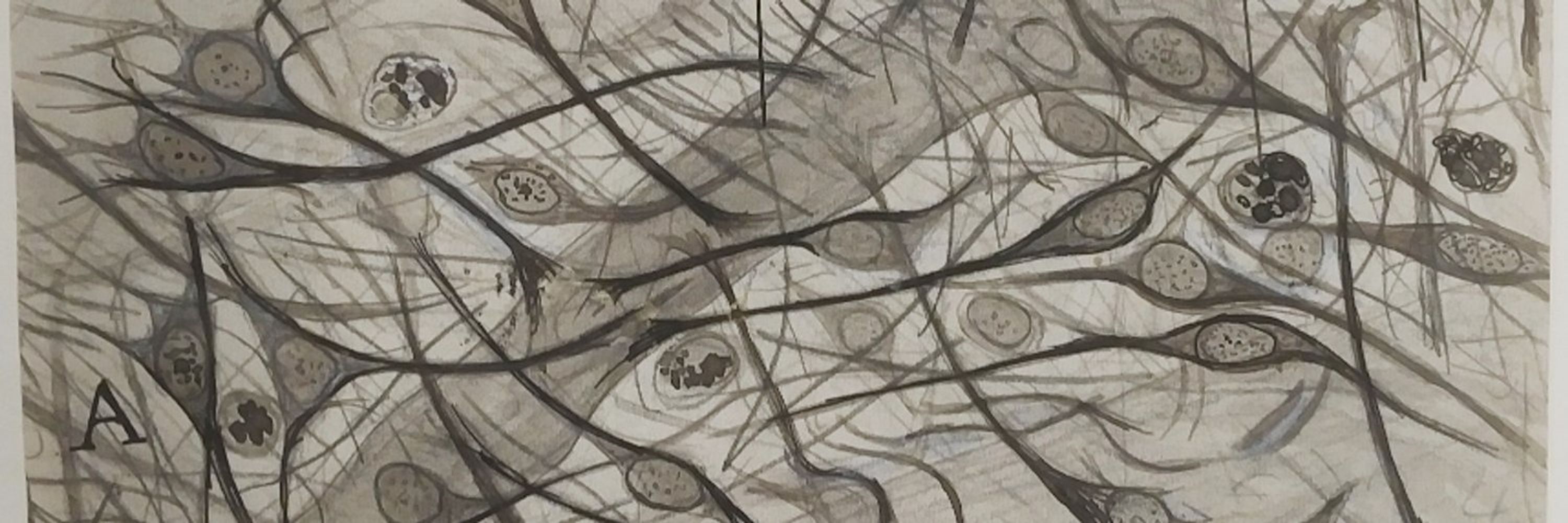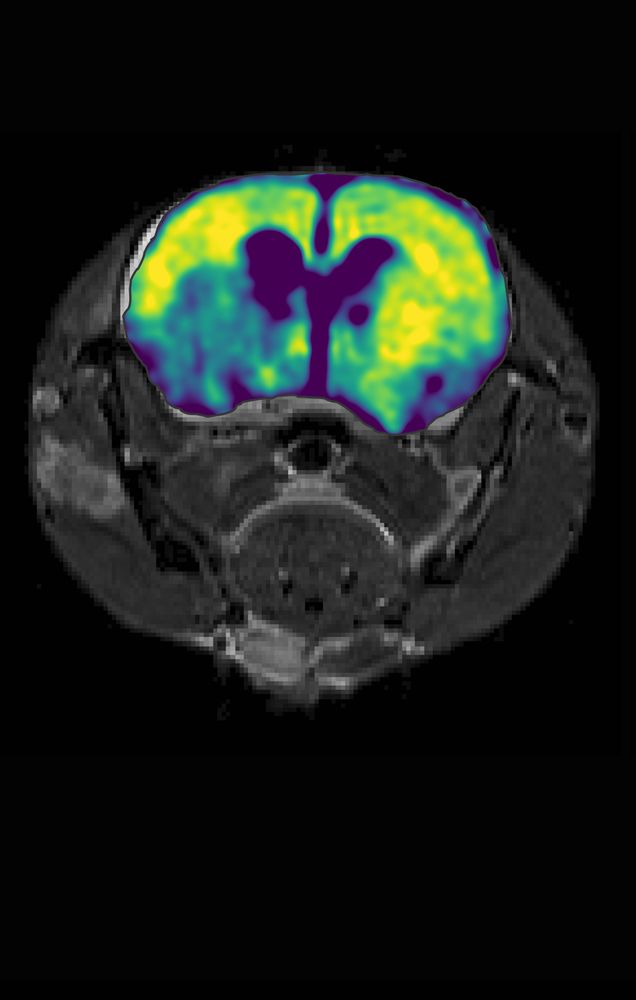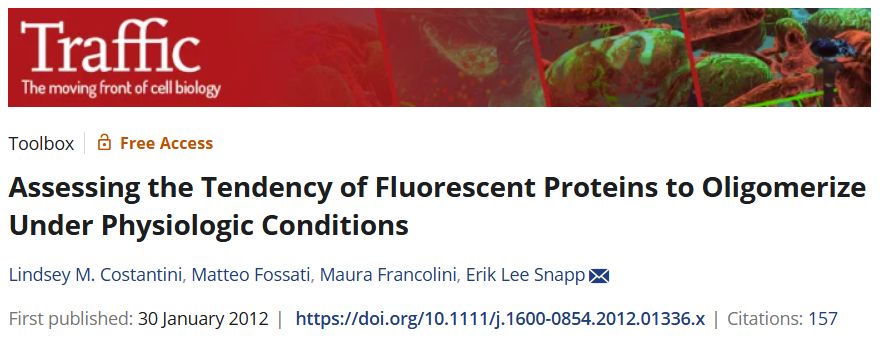










#BioimageTooloftheDay. Phindr3D is a comprehensive #ShallowLearning framework for automated quantitative phenotyping of #3D #HighContentScreening images. Still valuable in the age of (un)explainable #deeplearning.😉

#BioimageTooloftheDay. Phindr3D is a comprehensive #ShallowLearning framework for automated quantitative phenotyping of #3D #HighContentScreening images. Still valuable in the age of (un)explainable #deeplearning.😉

